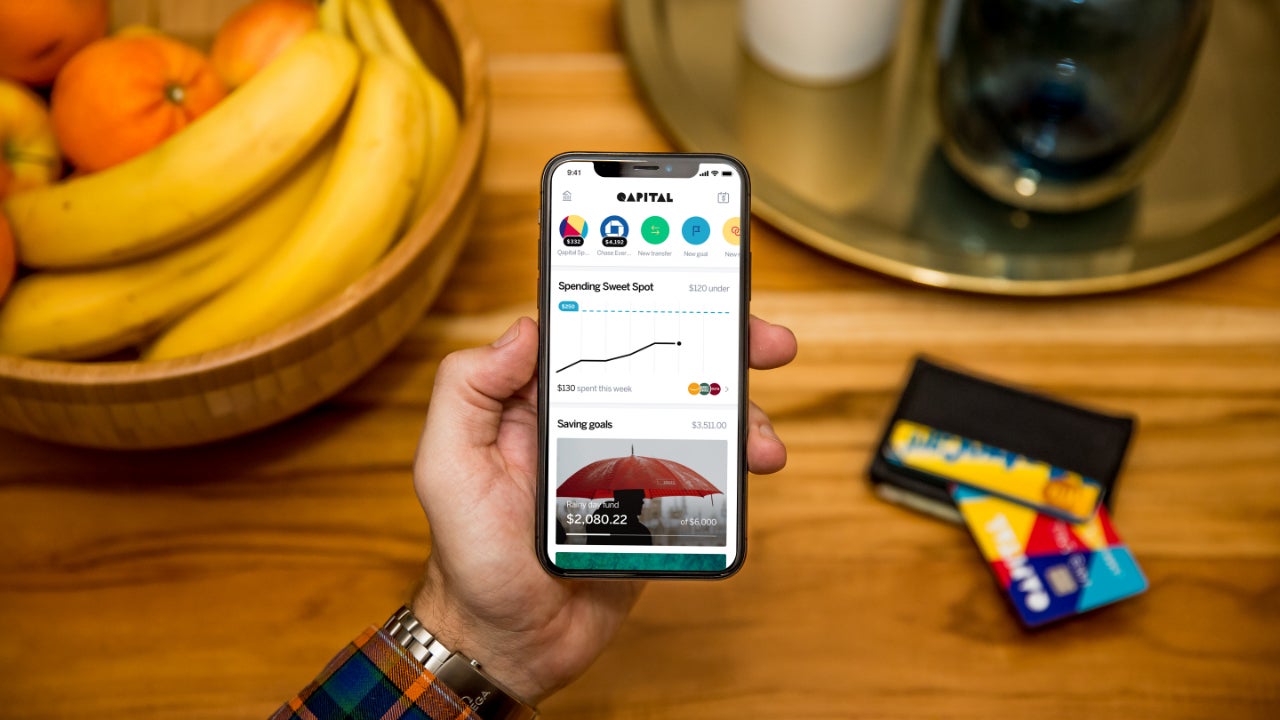How to automate your savings

Moving your money automatically from your checking to savings account gives you the ability to build your nest egg without having to think about it.
Because saving is, in part, about habit, automating your savings can help you accumulate wealth without worry.
“Automating kind of prevents you from being your own worst enemy,” says Greg McBride, CFA, Bankrate chief financial analyst.
Here’s what it means to automate your savings and what you need to know about how to build your money on autopilot.
What it means to automate your savings
Automating your savings means you don’t have to manually move money from one account to the other. Setting up a recurring transfer from checking to savings at the same bank is one way to automate your savings. Having your money in a savings account rather than a checking account can help prevent you from spending it.
3 ways to automate your savings
1. Split deposit
One way to build your savings automatically is through a split deposit, which is when part of your direct deposit goes into a savings account and the rest is deposited into your checking account. For example, you can arrange with your employer to allocate part of your paycheck into a high-yield savings account, with the rest going into your checking account (check with your employer to see if they offer this option). This way you can pay your bills and other expenses via checking while you build your savings in a high-yield savings account that earns a competitive yield.
2. Automatic transfer from checking to savings
Check if your bank will let you set up a recurring transfer from your checking to saving.
This can be a good option if your employer doesn’t have split direct deposit, if you’re not currently employed or if you’re paid in cash. Consider setting this up close to your payday, so that way it’s transferred to your savings account before it’s spent.
3. Enroll in a 401(k)
Those who have a traditional 401(k) through work, part of a qualified profit-sharing plan that withholds part of your pre-tax paycheck and sends it to a retirement plan – especially if it has a company match – should make sure to contribute to it by having their employer put pre-tax money from their paycheck into the retirement account. It’s also a great way to use dollar-cost averaging, buying the same dollar amount of an investment over time, to take advantage of potential purchase price fluctuations over time in your 401(k) portfolio.
Consider automating your savings at an online-only bank
It’s understandable to have a checking account at a traditional bank that’s convenient to you, especially if it has a branch around the corner from where you live. But there are at least three reasons to consider an online bank for your savings account.
1. It’s a little more difficult to transfer money from savings to checking
Granted, transferring money from savings to checking at the same bank can take seconds. But, transferring funds from an online-only bank to an account at a different bank can be nearly as fast, too. But the separation of the two accounts can help you mentally avoid transferring money meant for saving to a spending account. It’s generally a good idea to do a test transfer of a small amount from your online savings account to your checking account. This way you can understand the process and see the transfer speed without the added pressure of doing so when you’re in an emergency situation.
2. You’re likely to earn more interest
Generally, competitive, federally-insured online-only banks offer higher annual percentage yields (APYs) than savings accounts at brick-and-mortar banks because they don’t have the overhead costs of maintaining branches, passing the savings on to the customer. It’s certainly worth checking APYs for savings accounts at your local bank or credit union, but you’ll most likely find higher yields at online banks.
3. No fees and account minimums
You should be able to find an online-only bank that doesn’t require a minimum opening deposit and that doesn’t have a monthly service fee. Those features – and a competitive yield – are more difficult to find at a brick-and-mortar bank.
What to watch out for
Make sure you don’t automate too much money from your checking account into, say, your high-yield savings account as it can ruin your savings momentum. It’s better to err on the side of saving less at first and then increasing that amount over time. Learn how much you need each month through budgeting and then fine-tune your automatic savings. Taking money from your savings account and transferring it back to checking can take away momentum from your savings.
What’s more, you could also overdraft your check account if you automatically transfer too much into savings and don’t leave enough of a cushion in your checking account.
Bottom line
It’s easy to lapse on money tasks. But automating your savings can help prevent you from forgetting to save by letting technology do all the legwork of transferring your money at pre-arranged times, consistently. It can also help you avoid procrastinating to save. You’re unlikely to regret the money that you start to save from automating your savings as your nest egg accumulates cash.
You may also like

9 best money-saving apps of 2025





